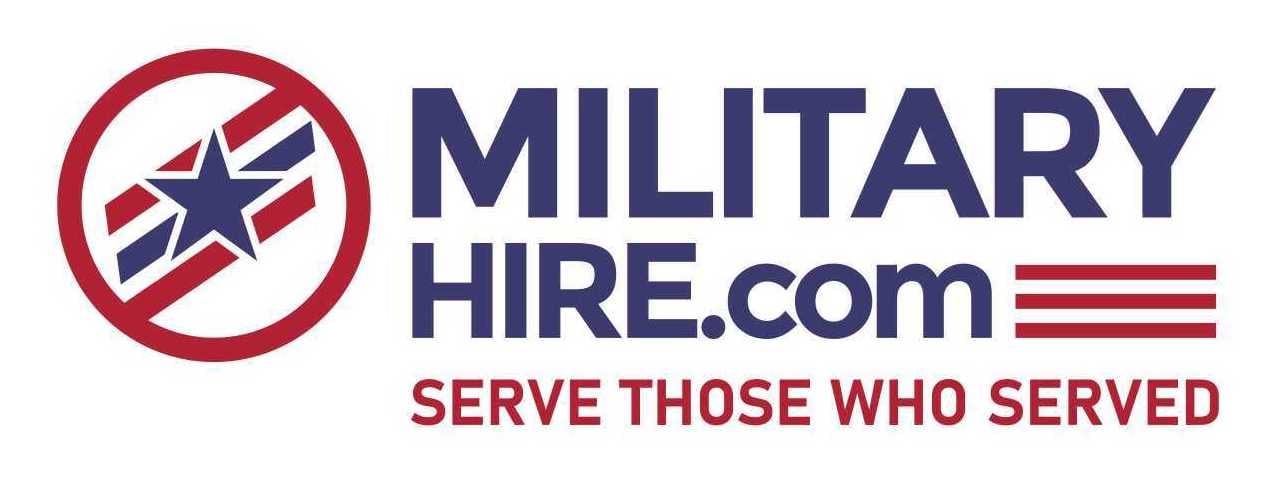How to Prepare for a Video Interview
While the practice of conducting employment interviews via video was in place prior to the emergence of COVID-19, its use has ramped up exponentially since many companies have had to shut down or adopt remote work practices. Veterans applying for jobs during the pandemic are likely to find themselves asked to participate in a video interview. In anticipation of this potential, there are a number of things veterans can do to prepare for the interview to help themselves stand out from other candidates.

Preparing for a Video Interview
The best preparation for a video interview is practice. Never go into a video interview without having first tested out the technology to be used in advance. While Zoom has become a very popular, go-to option for remote gatherings of all kinds, it’s not the only tool out there and not the only one that companies use. Find out what they will be using and practice with it before actually participating in the interview.
If possible, record yourself conducting a trial run. Ask a friend or colleague to serve as the interviewer (remotely), record the interaction, and then view and critique it. What could you do differently to improve the impression you make?
Best Practice Tips for Participating in Video Interviews
Since people in all walks of life and all industries have found themselves interacting with others virtually during the COVID-19 pandemic there have been some highly publicized “communication fails” that can serve as good advice for what not to do and what to watch out for when participating in a video interview.
Be Hyper Alert to the Online Image You’re Presenting
For instance, one woman accidentally turned herself into a potato for a video meeting. In another situation a reporter appeared via video appearing to be pants-less (he later said he was wearing shorts). The two key takeaways: familiarize yourself with the technology you will be using and frame your shot ahead of time to avoid inadvertent reveals.
Be Aware of Your Background
Karen Friedman is the head of Karen Friedman Enterprises, a leadership and speaker training firm in Philadelphia and the author of Shut Up and Say Something (Praeger, 2010). It’s important, Friedman says, to understand that “what works well in person doesn’t always translate to your computer screen.” It’s also important, says Friedman, to be cognizant of your background.
Things like open cabinets, unmade beds or busy backgrounds can not only be distracting but can convey potentially negative impressions. “The easiest fix is to pick a quiet area in your house that is free from clutter and visual distractions,” she says. In addition, she advises: “Do not wear the same color as the wall behind you and don’t wear green if you’re using a green screen.” Bright colors with minimal patterns work best on camera, she says. In addition, she points out that video services like Zoom offer customized virtual backgrounds. Use them, but choose wisely. “If you want to appear professional, you should probably avoid the Tiger King or Simpson’s living room backgrounds,” she says.
Leverage Lighting
Lighting also can make a big difference in how you come across on camera. Lighting that comes from behind you will make you look dark like a silhouette, Friedman says. “Make sure the light is coming from in front of you so it illuminates your face and people can see you,” she recommends. “Also, frame yourself so you fill up the screen and we’re not looking at your ceiling.”
Speak to the Camera
While it may feel uncomfortable, it’s important to focus on the camera rather than looking around the screen to the top, bottom, right or left at different people who may be participating in the interview. You will not be appearing as though you’re looking at them, but as though your eyes are darting around randomly. Position your computer so that you’re looking directly into the camera which will make it appear as though you’re speaking directly to the interviewer or interview team.
Making a Great Impression
Jen Hood, a career coach and hiring manager with more than 10 years of experience, has conducted dozens of video interviews. She offers a Zoom video interview guide on YouTube. Here she provides some top tips for veterans participating in video interviews. The three keys to looking professional in a video interview are lighting, webcam angle, and sound quality, she says:
- Have your webcam at eye level. Prop your computer on a stack of books if you need to.
- Light from the front. Sit by a window if possible or put a lamp on the table in front of you to make sure that you’re well-lit on camera.
- Pick a quiet space or use earbuds so the interviewer can hear you. “Earbuds or headphones are ideal for both video interviews,” she says. “They block out background noise for both you and the interviewer. With many of us quarantining with family members or pets, headphones eliminate most of the distractions they can cause.”
- Opt for a simple background—use a plain wall if available.
“You won’t stand out for having a great video interview setup, but you will stand out if you are hard to see or hear,” Hood says.
Keywords: video interview, interviewing
Ready for success in a new career?
- Sign Up
You’ve served your country. Now let us serve you.
Sign up now- it’s free, quick, and easy.
- Post Your Resume
Be found by hundreds of veteran friendly companies-post your resume! Don’t worry if it’s not perfect – you can easily update it later!
- Search Jobs
Don’t wait for companies to find you. Set up automated JobScouts to scour our database and notify you of new jobs for veterans.
